False Claims Act Public Disclosure Bar
The public disclosure bar prohibits a qui tam relator from bringing a False Claims Act lawsuit based on a fraud that has already been disclosed through certain public channels, unless the relator is an “original source” of the information. 31 U.S.C. § 3730(e)(4)(A).
An original source is “an individual who has direct and independent knowledge of the information on which the allegations are based and has voluntarily provided the information to the Government before filing [suit].” § 3730(e)(4)(B).
The public disclosure bar asks whether the relator’s allegations are “substantially similar” to publicly available information. United States ex rel. Davis v. District of Columbia, 679 F.3d 832, 836 (D.C. Cir. 2012). “Where a public disclosure has occurred, [the government] is already in a position to vindicate society’s interests, and a qui tam action would serve no purpose.” United States ex rel. Feingold v. AdminaStar Federal, Inc., 324 F.3d 492, 495 (7th Cir. 2003).
But the public disclosure bar does not dictate that a relator must “possess direct and independent knowledge of all of the vital ingredients to a fraudulent transaction.” United States ex rel. Springfield Terminal Railway Co. v. Quinn, 14 F.3d 645, 656 (D.C. Cir. 1994). Rather, “direct and independent knowledge of any essential element of the underlying fraud transaction” is sufficient to give the relator original-source status under the Act. Id. at 657.
In Springfield Terminal, the D.C. Circuit set forth specific criteria to evaluate whether the public disclosures bars a qui tam action:
- The government has “enough information to investigate the case” either when the allegation of fraud itself has been publicly disclosed, or when both of its underlying factual elements—the misrepresentation and the truth of the matter—are already in the public domain.
- “[I]f X + Y = Z, Z represents the allegation of fraud and X and Y represent its essential elements. In order to disclose the fraudulent transaction publicly, the combination of X and Y must be revealed, from which readers or listeners may infer Z, i.e., the conclusion that fraud has been committed.” Id. at 654. Because the publicly disclosed pay vouchers reflected only the false statement (the arbitrator’s claim for payment) and not the true facts (the services actually rendered), we held that the public disclosure bar did not apply. Id. at 655-56. That said, we stressed that a qui tam action cannot be sustained where both elements of the fraudulent transaction—X and Y—are already public, even if the relator “comes forward with additional evidence incriminating the defendant.”
A September 2018 Third Circuit decision in Pharamerica clarifies that the FCA’s public disclosure bar is not triggered when a relator relies upon non-public information to make sense of publicly available information, where the public information — standing alone — could not have reasonably or plausibly supported an inference that the fraud was in fact occurring. Similarly, the D.C. Circuit has held that the public disclosure bar is not triggered where the relator “supplied the missing link between the public information and the alleged fraud” by “rel[ying] on nonpublic information to interpret each [publicly disclosed] contract,” and where “[w]ithout [relator’s] nonpublic sources . . . there was insufficient [public] information to conclude” that the defendant actually engaged in the alleged fraud. United States ex rel. Shea v. Cellco P’ship, 863 F.3d 923, 935 (D.C. Cir. 2017).
Courts in the Fifth Circuit apply a three-part test to determine whether the public disclosure bar applies, asking: “(1) whether there has been a `public disclosure’ of allegations or transactions, (2) whether the qui tam action is `based upon’ such publicly disclosed allegations, and (3) if so, whether the relator is the `original source’ of the information.” U.S. ex rel. Reagan v. E. Tex. Med. Ctr. Reg’l Healthcare Sys., 384 F.3d 168, 173 (5th Cir. 2004) (quotations omitted). The Court is not required to rigidly follow the three steps. U.S. ex rel. Jamison v. McKesson Corp., 649 F.3d 322, 327 (5th Cir. 2011). Indeed, the Fifth Circuit has recognized that “combining the first two steps can be useful, because it allows the scope of the relators’ action in step two to define the `allegations or transactions’ that must be publicly disclosed in step one.” Id.; see also U.S. ex rel. Fried v. W. Indep. Sch. Dist., 527 F.3d 439, 442 (5th Cir. 2008) (combining the first two steps).
Experienced False Claims Act Qui Tam Whistleblower Attorneys
The experienced False Claims Act whistleblower attorneys at leading whistleblower law firm Zuckerman Law have substantial experience representing whistleblowers disclosing fraud and other wrongdoing at government contractors and grantees, including off-label marketing, medical device fraud, and Medicare billing fraud.
To learn more about your rights and remedies, call us today at 202-262-8959.
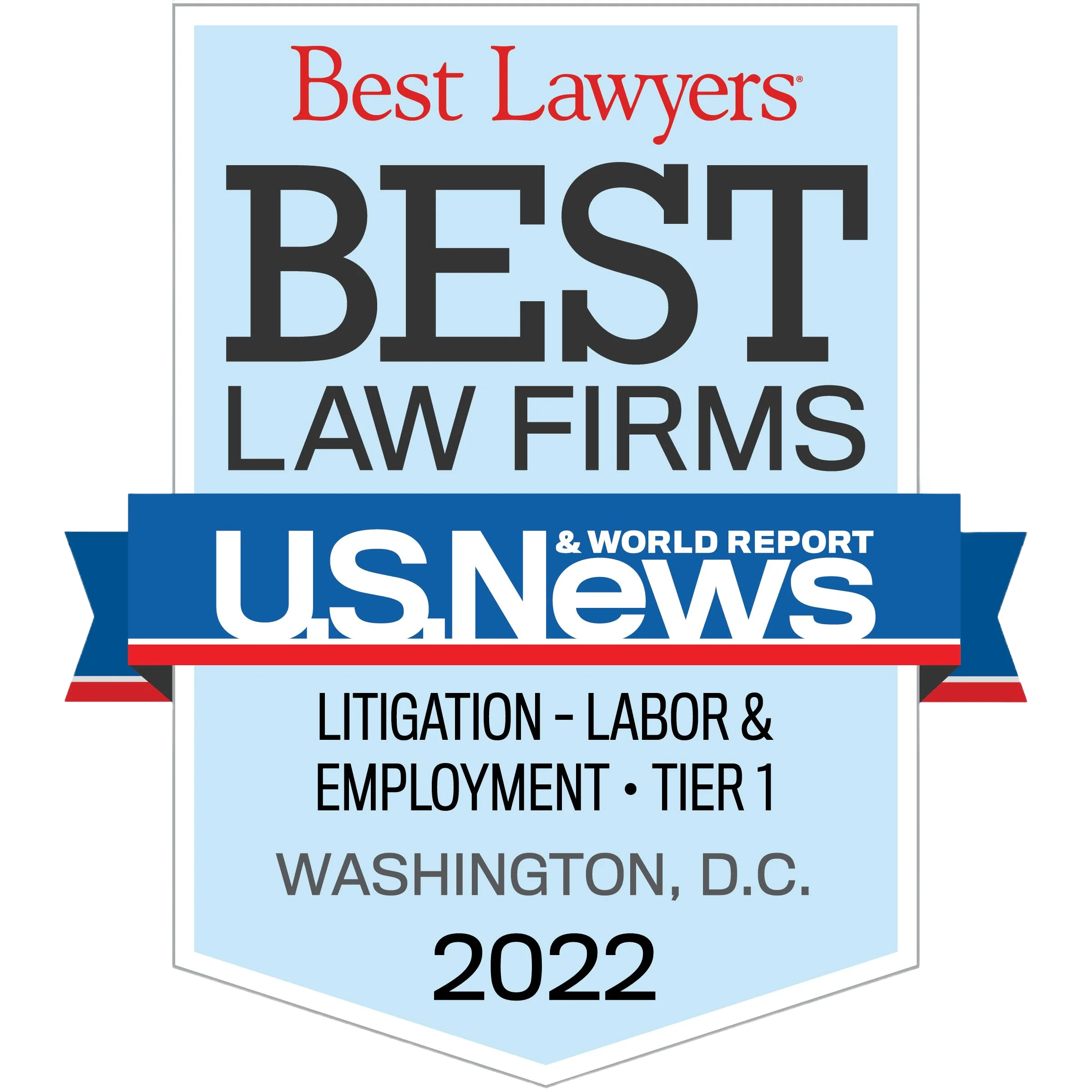
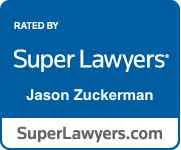

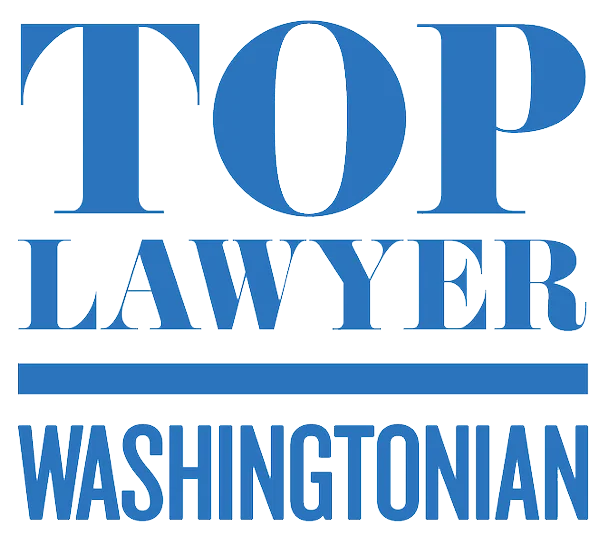
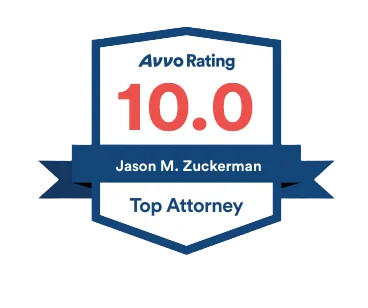
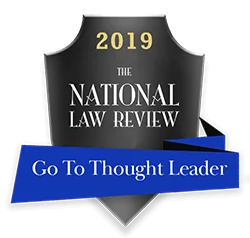
Our experience includes:
- Representing qui tam relators in False Claims Act actions concerning off-label marketing, false billing, and education loan fraud (inflating entitlement to interest rate subsidies).
- Representing whistleblowers in NDAA retaliation claims before the Department of Defense, and Department of Homeland Security, Department of Justice Offices of Inspectors General.
- Litigating False Claims Act retaliation cases.
- Representing whistleblowers disclosing fraud on the government in Congressional investigations.
- Training judges, senior Office of Inspector General officials, and federal law enforcement about whistleblower protections.
In addition, we have substantial experience representing whistleblowers under the Whistleblower Protection Act (WPA) and enforcing the WPA, the law that the NDAA whistleblower provisions are based upon. Jason Zuckerman served as Senior Legal Advisor to the Special Counsel at the Office of Special Counsel, where he worked on the implementation of the Whistleblower Protection Enhancement Act and oversaw several high-profile investigations, including a matter resulting in the removal of an Inspector General.
Before hiring a lawyer for a high-stakes whistleblower case, assess the lawyer’s reputation, prior experience representing whistleblowers, knowledge of whistleblower laws and prior results. And consider the experience of other whistleblowers working with that attorney. See our client testimonials by clicking here.
- U.S. News and Best Lawyers® have named Zuckerman Law a Tier 1 firm in Litigation – Labor and Employment in the Washington DC metropolitan area.
- Dallas Hammer has extensive experience representing whistleblowers at government contractors in retaliation and rewards claims and has written extensively about cybersecurity whistleblowing. He was selected by his peers to be included in The Best Lawyers in America® in the category of employment law in 2021 and 2022.
- Described by the National Law Journal as a “leading whistleblower attorney,” founding Principal Jason Zuckerman has established precedent under a wide range of whistleblower protection laws and obtained substantial compensation for his clients and recoveries for the government in whistleblower rewards and whistleblower retaliation cases. He served on the Department of Labor’s Whistleblower Protection Advisory Committee, which makes recommendations to the Secretary of Labor to improve OSHA’s administration of federal whistleblower protection laws. Zuckerman also served as Senior Legal Advisor to the Special Counsel at the U.S. Office of Special Counsel, the federal agency charged with protecting whistleblowers in the federal government. At OSC, he oversaw investigations of whistleblower claims and obtained corrective action or relief for whistleblowers.
- Matt Stock is a Certified Public Accountant, Certified Fraud Examiner and former KPMG external auditor. As an auditor, Stock developed an expertise in financial statement analysis and internal controls testing and fraud recognition. He uses his auditing experience to help whistleblowers investigate and disclose complex financial frauds to the government.
- Zuckerman was recognized by Washingtonian magazine as a “Top Whistleblower Lawyer” (2020, 2018, 2017, 2015, 2009, and 2007), selected by his peers to be included in The Best Lawyers in America® in the category of employment law (2011-2021) and in SuperLawyers in the category of labor and employment law (2012 and 2015-2021), is rated 10 out of 10 by Avvo, based largely on client reviews, and is rated AV Preeminent® by Martindale-Hubbell based on peer reviews
- We have published extensively on whistleblower rights and protections, and speak nationwide at seminars and continuing legal education conferences. We blog about new developments under whistleblower retaliation and rewards laws at the Whistleblower Protection Law and SEC Awards Blog, and in 2019, the National Law Review awarded Zuckerman its “Go-To Thought Leadership Award” for his analysis of developments in whistleblower law.
- Our attorneys have been quoted by and published articles in leading business, accounting, and legal periodicals, including The Wall Street Journal, Forbes, CNBC, MarketWatch, Vox, Accounting Today, Going Concern, Law360 – Expert Analysis, Investopedia, The National Law Review, inSecurities, Government Accountability Project, S&P Global Market Intelligence, Risk & Compliance Magazine, The D&O Diary, The Compliance and Ethics Blog, Compliance Week and other printed and electronic media.
Zuckerman Law has written extensively about whistleblower protections for employees of government contractors and grantees, including the following articles and blog posts:
- Boosting Contractor Employee Whistleblower Protections, Law 360 (December 2016)
- New Tools to Combat Whistleblower Retaliation, Taxpayers Against Fraud Education Fund Quarterly Review, Vol. 57 (October 2010)
- GAO Report Calls for Improvements in Government Contractor Whistleblower Protections
- False Claims Act Retaliation Decision Underscores Broad Scope of FCA Whistleblower Protection
- NDAA Provides Robust Whistleblower Protection
- FAR Amendment Bars Agencies from Subsidizing Whistleblower Retaliation
- NDAA Contractor Whistleblower Protection Law Highly Effective in Rooting Out Fraud
- Congress Enacts Anti-Gag Provision in Cromnibus Spending Bill
- Whistleblower Lawyer Jason Zuckerman Will Speak About False Claims Act Litigation at Taxpayers Against Fraud Conference
- Whistleblower Protections Under the Whistleblower Protection Act, Practical Law (October 2016)
- Whistleblower Lawyer Jason Zuckerman Quoted in National Law Journal
- Whistleblower Lawyer Jason Zuckerman Quoted About Federal Employee Whistleblower Rights
- Washington Post Quotes Whistleblower Attorney Jason Zuckerman About Chilling Effect of Insider Threat Program
- How to foster a more ethical culture
- Whistleblower Lawyer Jason Zuckerman Quoted About MacLean Whistleblower Protection Act Case
- Trump Questionnaire Raises Concerns About Retaliation Against Energy Department Staff
- CFPB official wants to silence a whistleblower before he can talk to Congress



